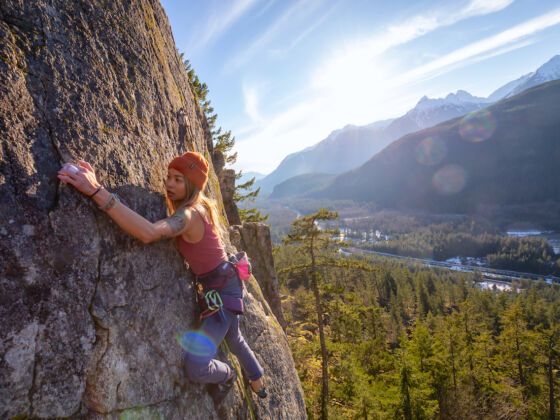BACK WHEN LEGENDARY climbers Royal Robbins and Warren Harding were hammering pitons into cracks on Yosemite’s big walls, climbing gear was pretty much do-it-yourself. Climbing pioneers fashioned harnesses out of ropes, used rubber-soled shoes or leather boots, and scavenged scrap iron to make carabiners and bolts.
As climbers became more and more ambitious, innovative athletes took matters into their own hands, inventing the tools, footwear, and safety gear that allows modern climbers to perform at their best.
The following guide will help you select the gear that’s right for you.
